And We Have Lift Off!
May 2, 2018Reactivate! Along with their inherent transparency, a key property of watercolour paints is reactivation – water can be applied to dry colour, dissolving the water-soluble binder, allowing you to lift the pigment from the paper. You can exploit this characteristic to add subtle highlights and even to restore an area almost completely back to the white of the paper.
Lifting Watercolour Sample Gallery
Click through our gallery to see drying levels and lift-off tehnique for each leaf.
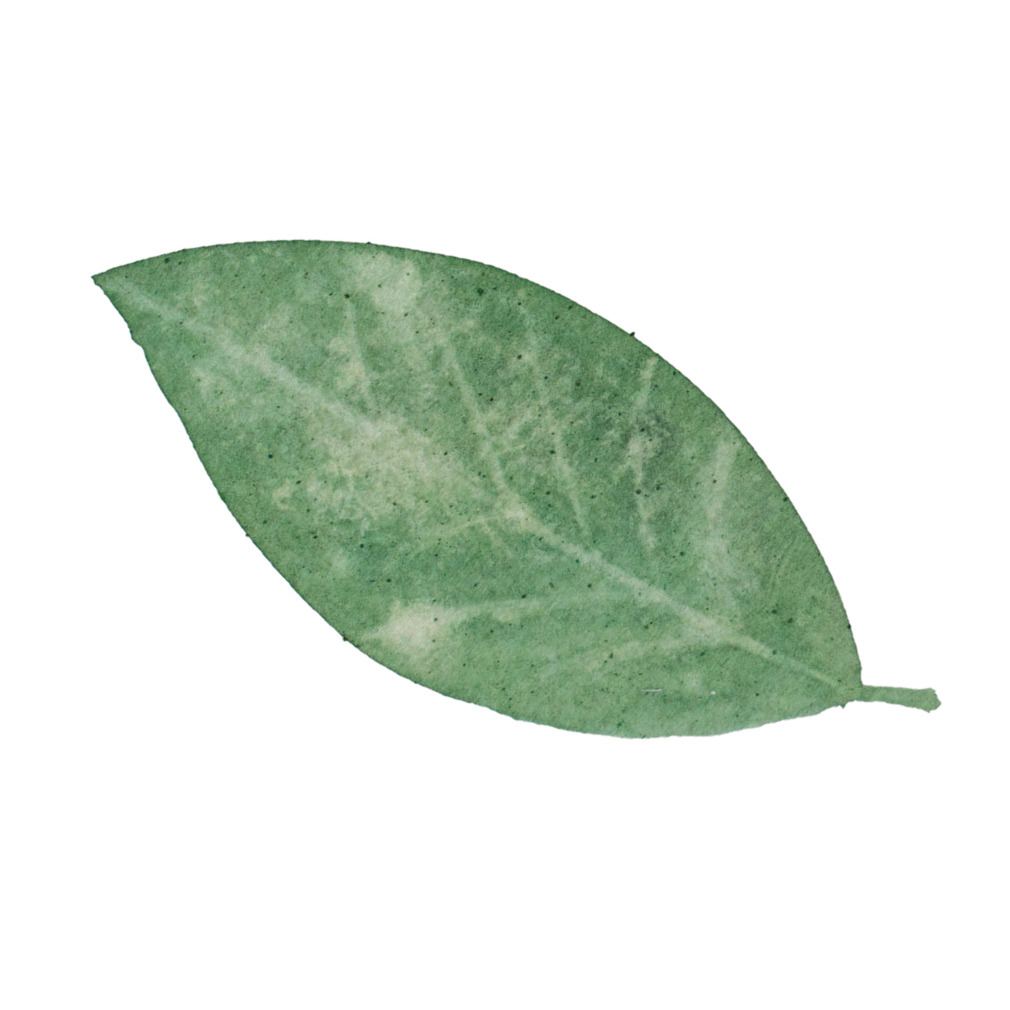


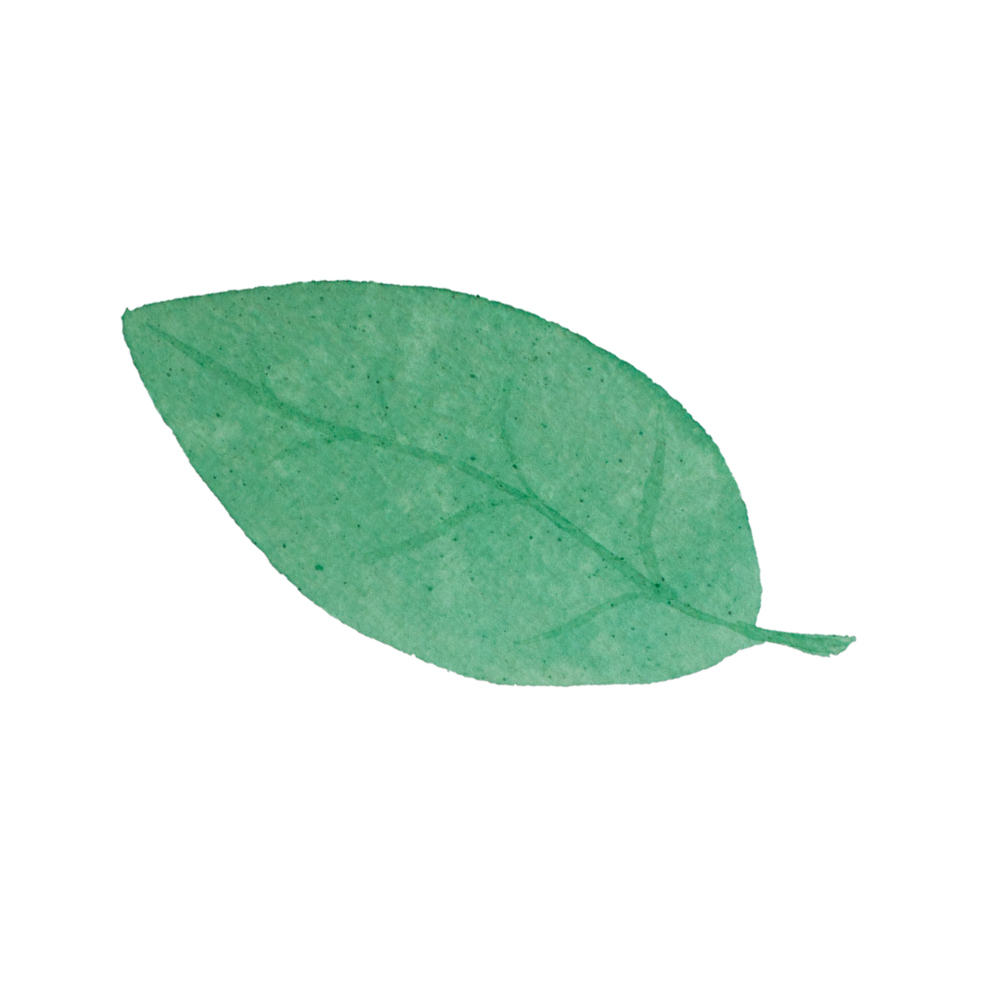
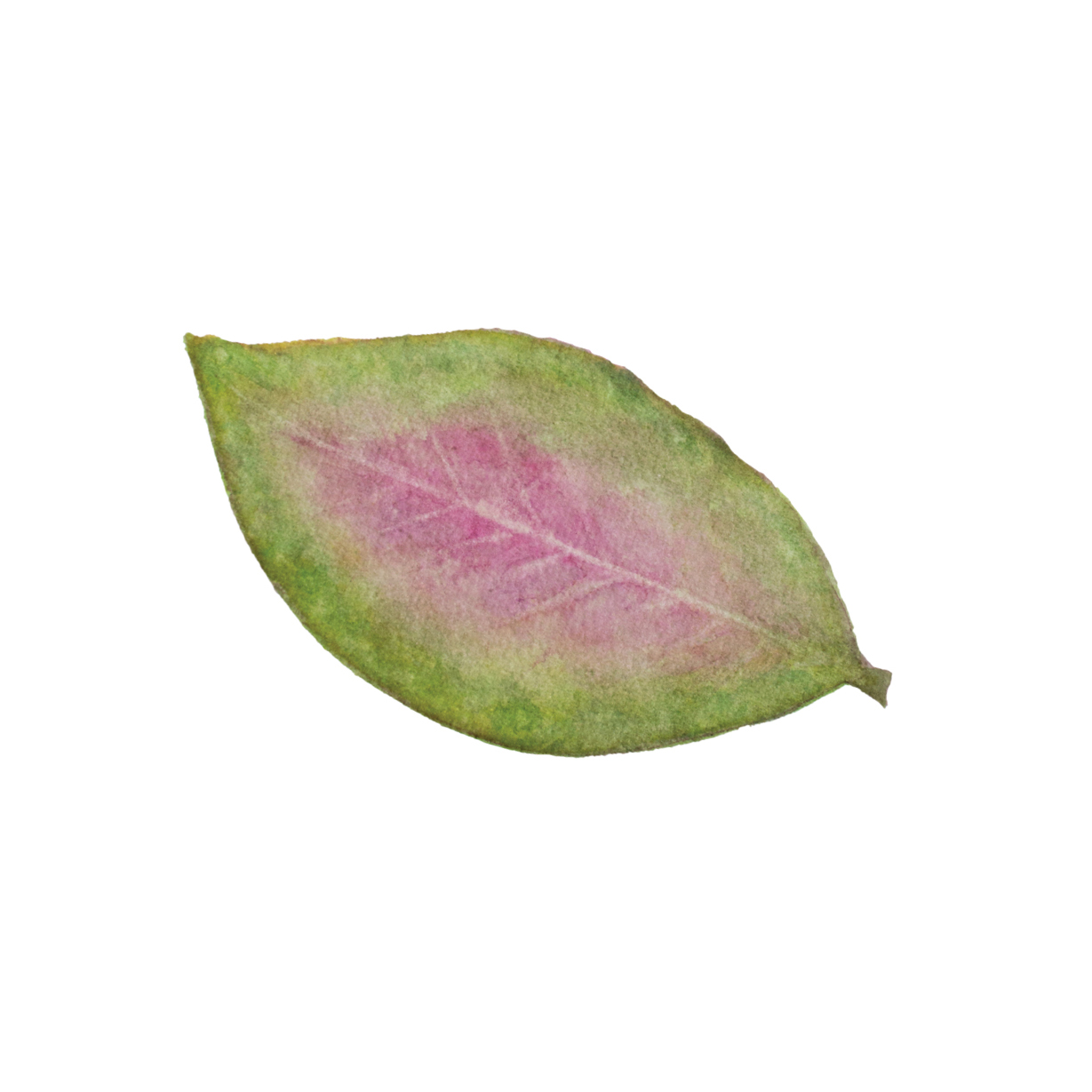
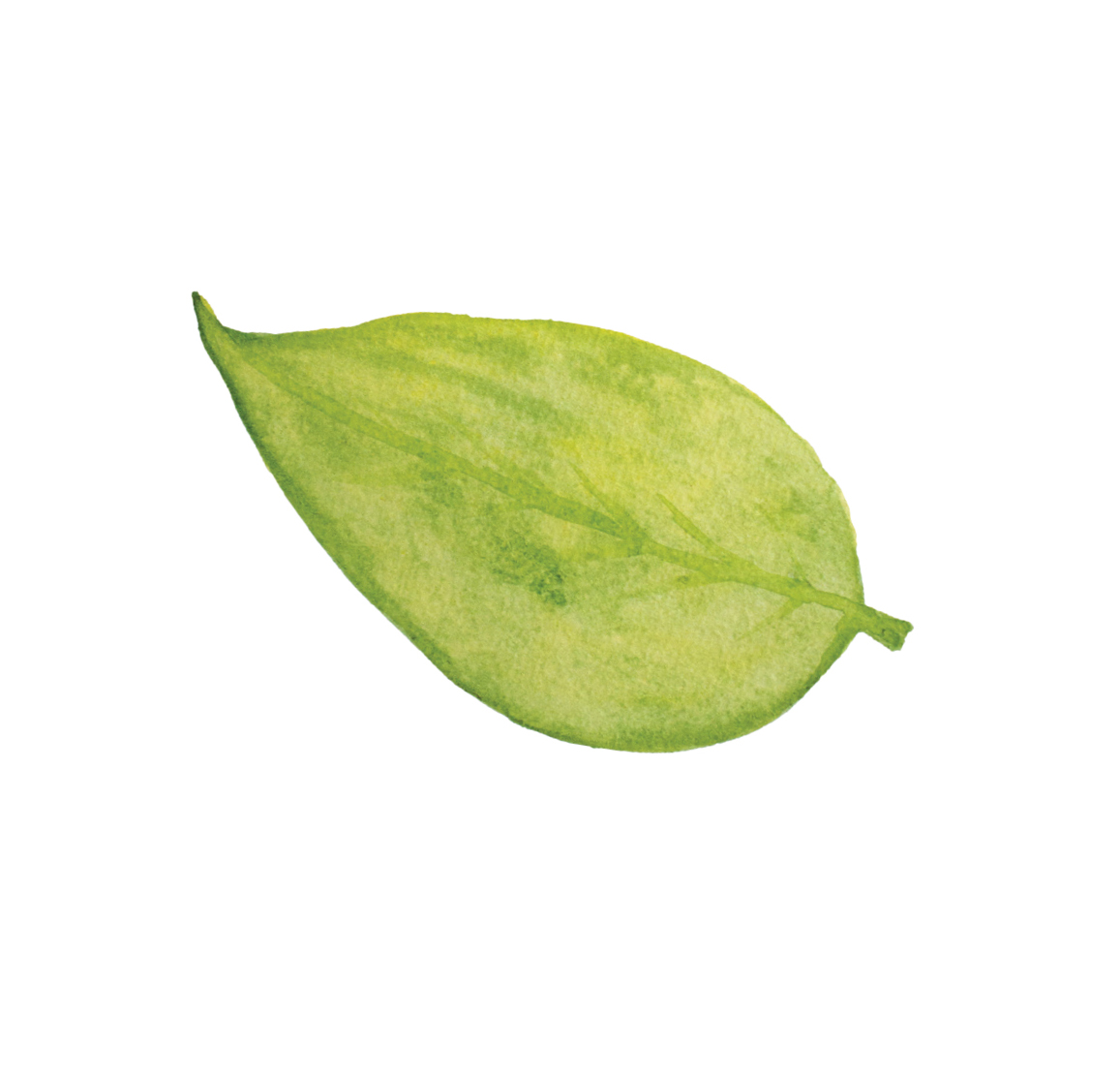
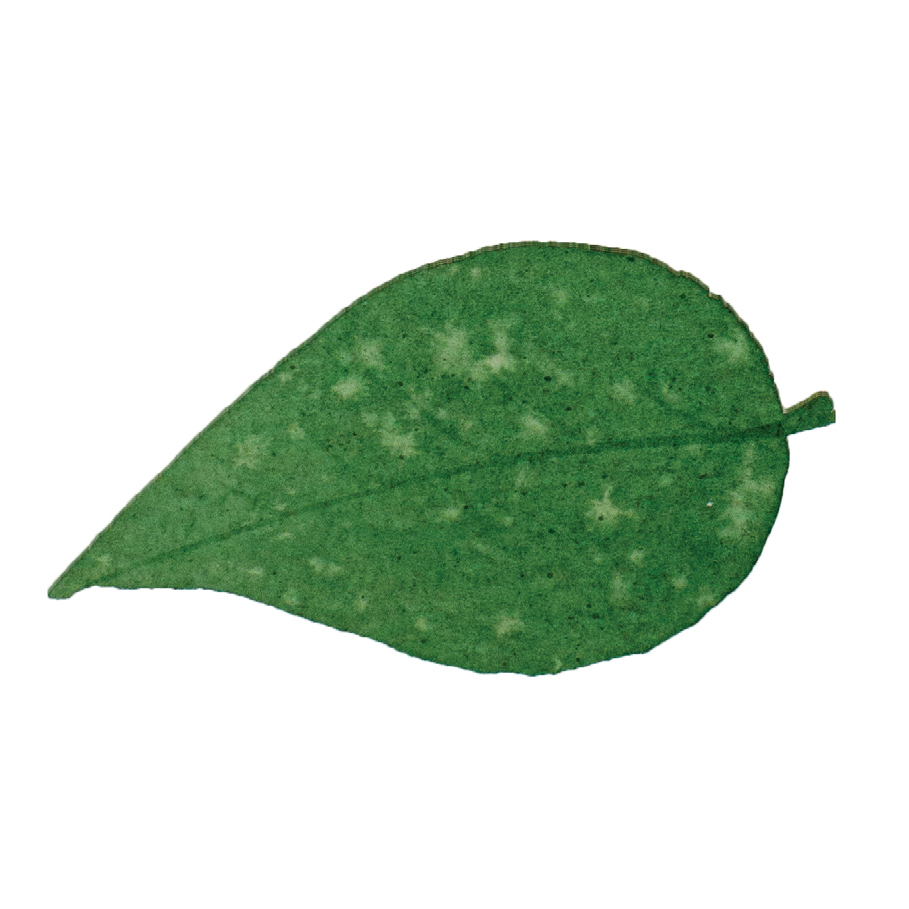
Colours that permanently tint the paper even when you reactivate the paint are called staining colours. Selecting your colours with their level of staining in mind can help you get bright spots in your painting without having to preserve your whites with masking agent. You can also achieve subtle colour shifts with the use of just one pigment.
Paper selection also affects how colour lifts from the page. A paper that features external sizing and a good wet strength will generally be easier to lift watercolour from, as it can handle more scrubbing from your brush. Smooth and cold pressed papers can release colour more readily, as they have fewer peaks and valleys than a rough textured surface.
The method of application and timing also influence how much lifting can be achieved. If you intend to lift a colour, avoid scrubbing it into the paper when you apply it. A gentle application means you’ll disturb the sizing and paper fibres less, and the pigment will sit more on the surface of the paper: this makes it easier to lift, and maintains the luminosity of your colour. For the strongest results, lift your paints during the same painting session; though you may find that many colours lift well, even when completely dry.
Try it for yourself! To lift a colour, apply clear water to an area that you’d like to bring back to white or add highlights to. The water will reactivate the paint, allowing you to lift away the pigment with blotting paper, paper towel, or a clean cloth.
Some colours will come up quite easily, while others may need a gentle scrub of a brush with firm bristles; others will not lift at all. Experiment by lifting colour when the paint is still wet, slightly damp, or bone dry to see the varying effects that can be achieved.
Share your experiments with us on Instagram! Tag your lifting posts and stories with #opusliftoff – we look forward to seeing how you’ve employed some of these techniques in your artwork.
Staining and Non-Staining Pigments
You may have inadvertently discovered that some colours lift beautifully while others simply won’t budge. That is the power of non-staining and staining pigments.
Non-staining colours mean the pigment can be lifted away in varying degrees: very often a complete removal can be achieved by rewetting and blotting. Keep these colours in mind when you know you’d like to modify the value levels of previously painted areas.
Staining colours are pigments that resist lifting off, and some leave no visible change in colour when reactivating the binder. Staining colours are ideal if you want the pigment to stay put while still being able to lift the pigment of surrounding non-staining colours.
The level of staining is determined by the pigment used, not the colour name. The same colour name in different brands may use different pigments to achieve a similar colour. Most professional brands list the pigments used on their label or on their websites, along with whether the pigment is staining or non-staining.
Generally speaking, traditional colours often lift well and modern pigments are more likely to be staining, However, the best method in determining how staining a colour will be is to conduct your own tests, using the paper and working methods that best suit your style of painting and the effects you wish to achieve.
